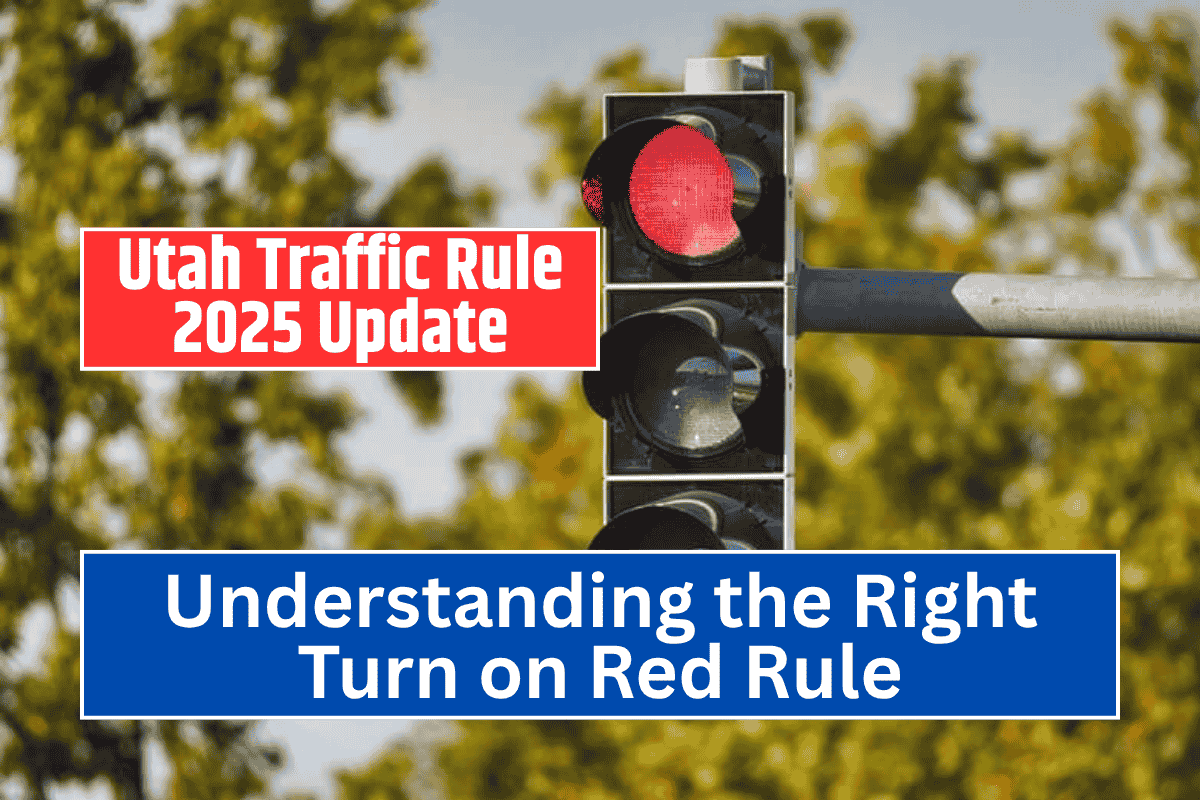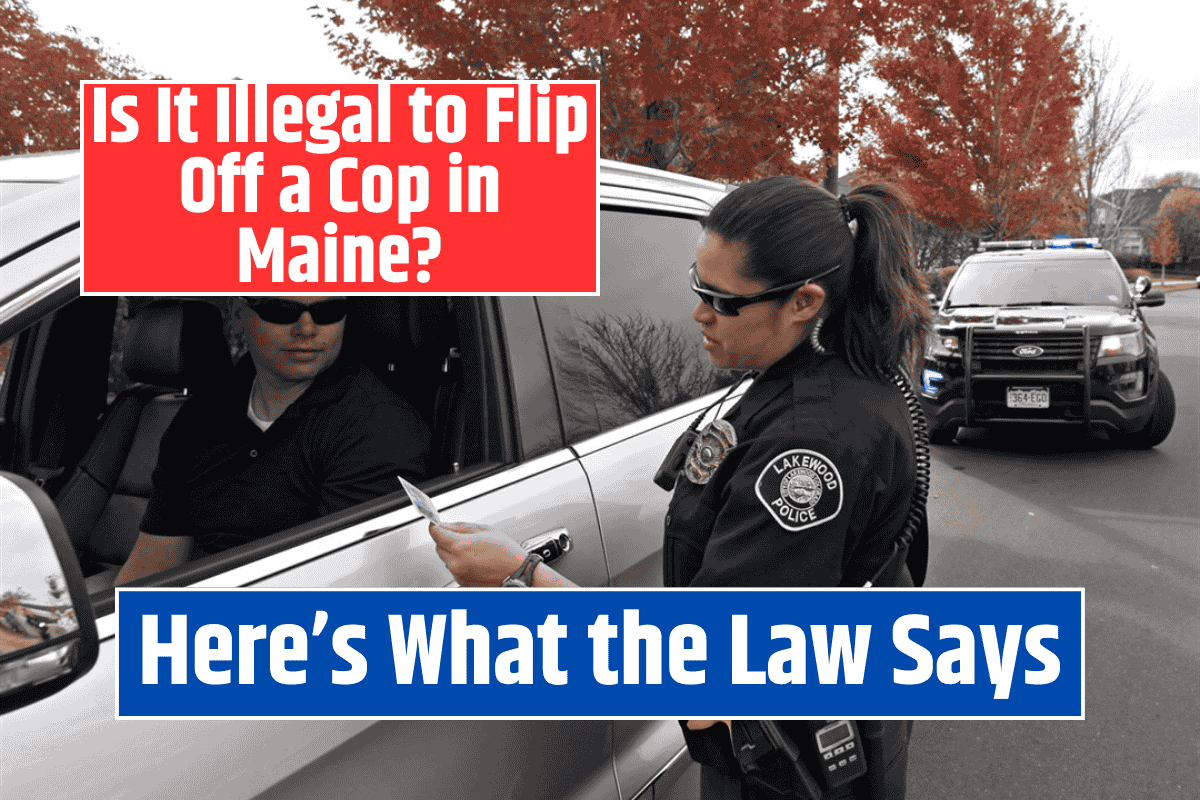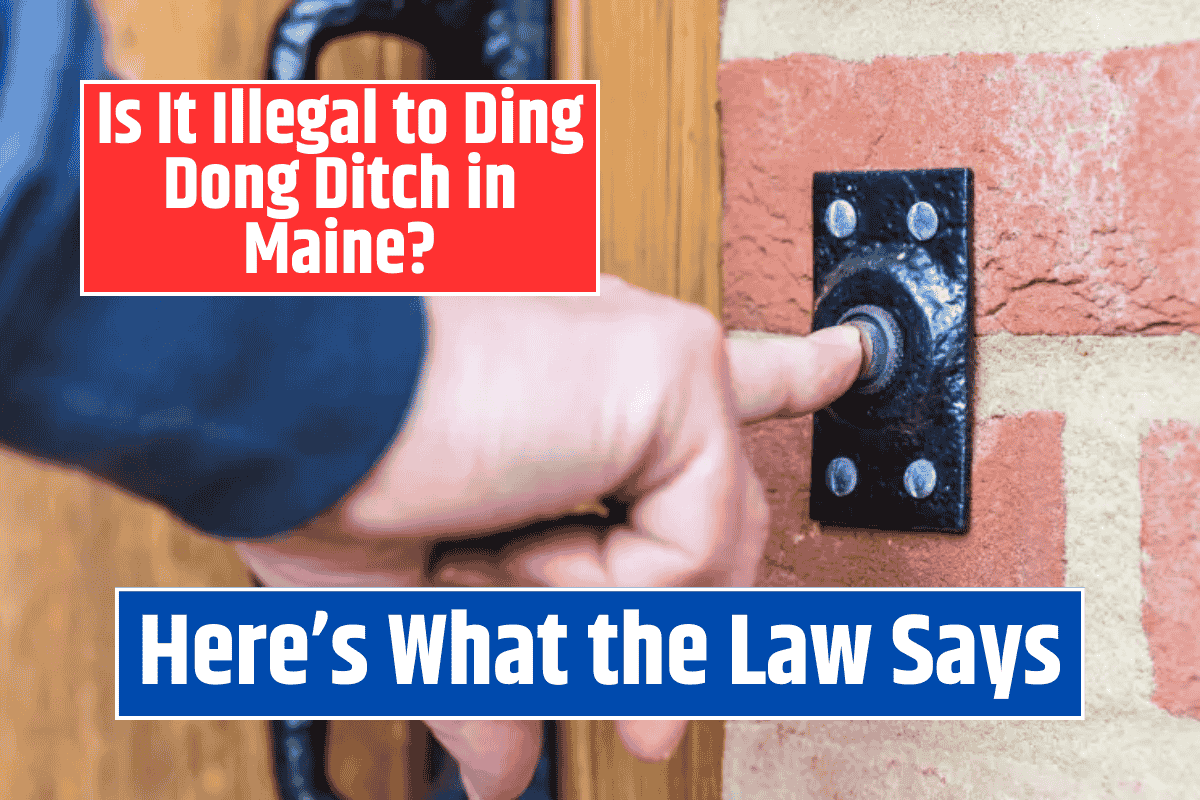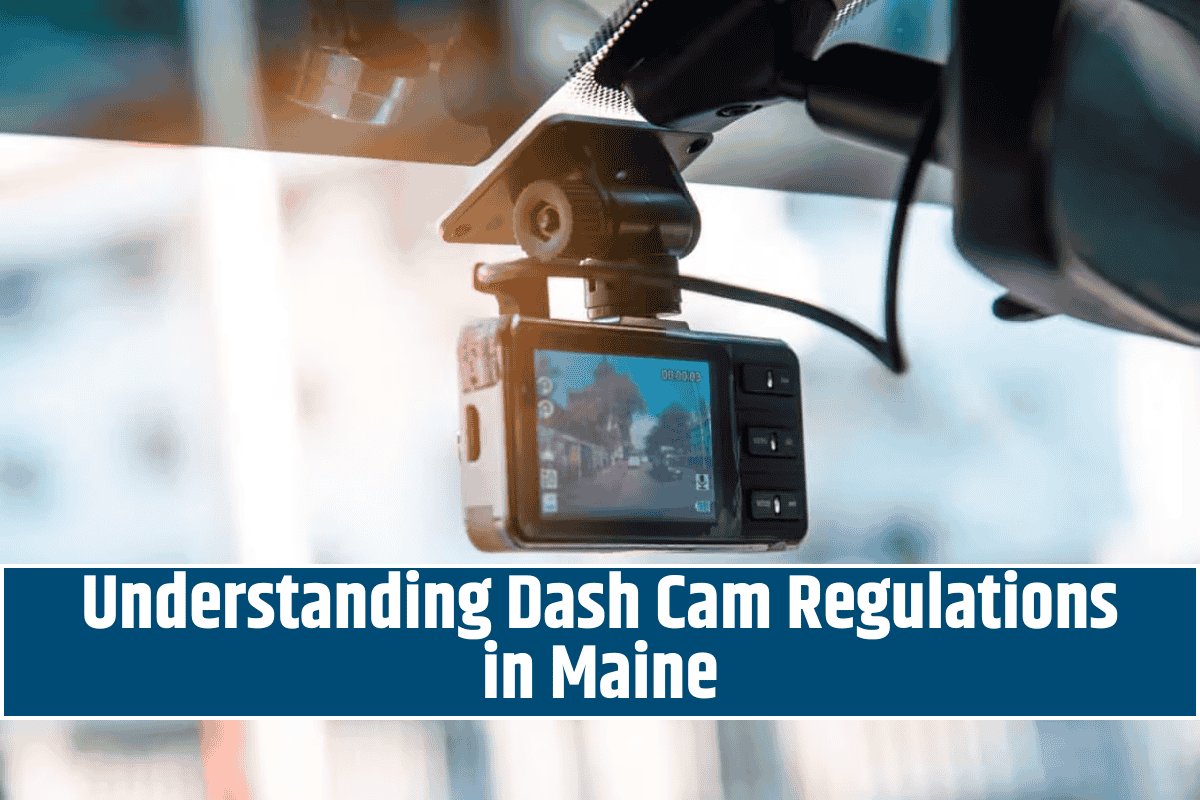Traffic laws are crucial for keeping roads safe, and understanding these rules is vital for avoiding fines and accidents. In Utah, several traffic regulations govern how drivers should behave at intersections, especially concerning red lights and stop signs.
One of the key rules in Utah is the “right turn on red” rule, but there are also important guidelines for other traffic signals, penalties, and exceptions.
This article will break down the latest updates on Utah traffic laws and provide an understanding of what drivers need to know about right turns on red and other intersection-related rules.
Red Light Running: What Is It?
Red light running occurs when a driver enters an intersection after the traffic light has turned red. This is a serious traffic violation. Some drivers, such as those waiting to turn left when the light changes, are not considered red-light runners as long as they are not moving through the intersection.
However, when making a right turn at a red light, the law requires drivers to come to a complete stop before turning. Failing to stop before making a right turn can also be classified as running a red light.
Research has shown that red-light running is a common occurrence, especially during peak travel times. Studies from various intersections across the U.S. found that, on average, a driver runs a red light every 20 minutes at busy intersections.
The introduction of red-light cameras has helped reduce this violation, with some locations seeing a decrease in red-light running by nearly 21%.
Who Primarily Runs Red Lights?
A 2017 survey conducted by the AAA Foundation for Traffic Safety found that 93% of drivers considered running a red light unacceptable if they could safely stop. However, 43% of respondents admitted to running a red light in the past 30 days.
Data on drivers involved in fatal red-light accidents revealed that the majority of red-light runners were male, young, and often had prior records of accidents, speeding, or alcohol-related incidents.
These drivers were also less likely to have a valid driver’s license, highlighting the risks associated with red-light violations.
Utah’s Red Light and Stop Sign Laws
If you get caught running a red light or stop sign in Utah, you can expect fines and demerit points on your driving record. Let’s break down the key rules and consequences:
Making the Stop
When approaching a red light or stop sign, Utah law requires drivers to come to a complete stop at the nearest crosswalk or stop line, or before entering the intersection. This is to ensure the safety of pedestrians and other drivers.
Right Turn on Red Rule
In Utah, drivers are allowed to make a right turn at a red light after coming to a full stop, unless there’s a sign prohibiting it. However, drivers must be cautious and yield to other vehicles and pedestrians with the right-of-way before making the turn.
Left Turn on Red Rule
Utah also allows left turns on red, but only under specific circumstances. A driver may turn left from a one-way street onto another one-way street after coming to a full stop at the red light. This rule is not applicable in all situations, so drivers should be aware of the traffic signals and signs at the intersection.
Yellow Light Meaning
In Utah, a solid yellow light serves as a warning that the light will soon turn red. It’s not illegal to enter an intersection while the light is yellow, but drivers must stop if it’s safe to do so before the light turns red.
Special Rules for Motorcycles, Mopeds, and Bicycles
Some traffic lights are triggered by sensors that detect vehicles waiting at the red light. However, these sensors often fail to detect motorcycles, mopeds, and bicycles due to their smaller size.
In such cases, if a motorcyclist, moped rider, or cyclist is ticketed for running a red light, they may have a defense if they can prove the following:
They came to a full stop at the intersection.
They waited for at least 90 seconds without being detected by the sensors.
No other vehicles had the right-of-way.
No pedestrians were near the intersection.
They proceeded cautiously through the intersection.
Fines and Points for Violations
Running a red light or stop sign is considered an infraction in Utah. Typically, drivers will face a fine of about $120, and 50 demerit points will be added to their driving record.
If a driver accumulates 200 or more points in a three-year period, their license may be suspended. However, drivers can reduce 50 points from their record by completing a defensive driving course.
In some cases, a red-light violation may lead to a reckless driving conviction, particularly if it results in an accident. If the violation leads to a fatality, the driver may face charges of automobile homicide, especially if drugs, alcohol, or distracted driving (e.g., cellphone use) were involved.
Salt Lake City Red-Light Crashes
In 2017, there were 890 people involved in crashes caused by red-light runners in the United States, according to the Insurance Institute for Highway Safety (IIHS). To combat these accidents, many cities, including Salt Lake City, have installed red-light cameras.
These cameras have helped reduce the rate of red-light violations by nearly 21%. Despite this, red-light crashes continue to occur, leading to injuries and damages.
Accidents at intersections can cause significant harm, including medical bills, emotional suffering, and lost wages. If you’re involved in such an accident in Salt Lake City, it’s crucial to consult a qualified red-light crash attorney. An experienced lawyer can help you recover compensation for the damages you’ve sustained.
Understanding Utah’s traffic rules, especially regarding red lights and stop signs, is essential for avoiding violations and ensuring road safety. The “right turn on red” rule allows for turns after a full stop, but drivers must remain cautious and follow right-of-way laws.
Violating these rules can result in fines, demerit points, and even more severe consequences if accidents occur.
Whether you’re driving a car, motorcycle, or bicycle, it’s important to stay informed and obey traffic laws to keep yourself and others safe on the road.












